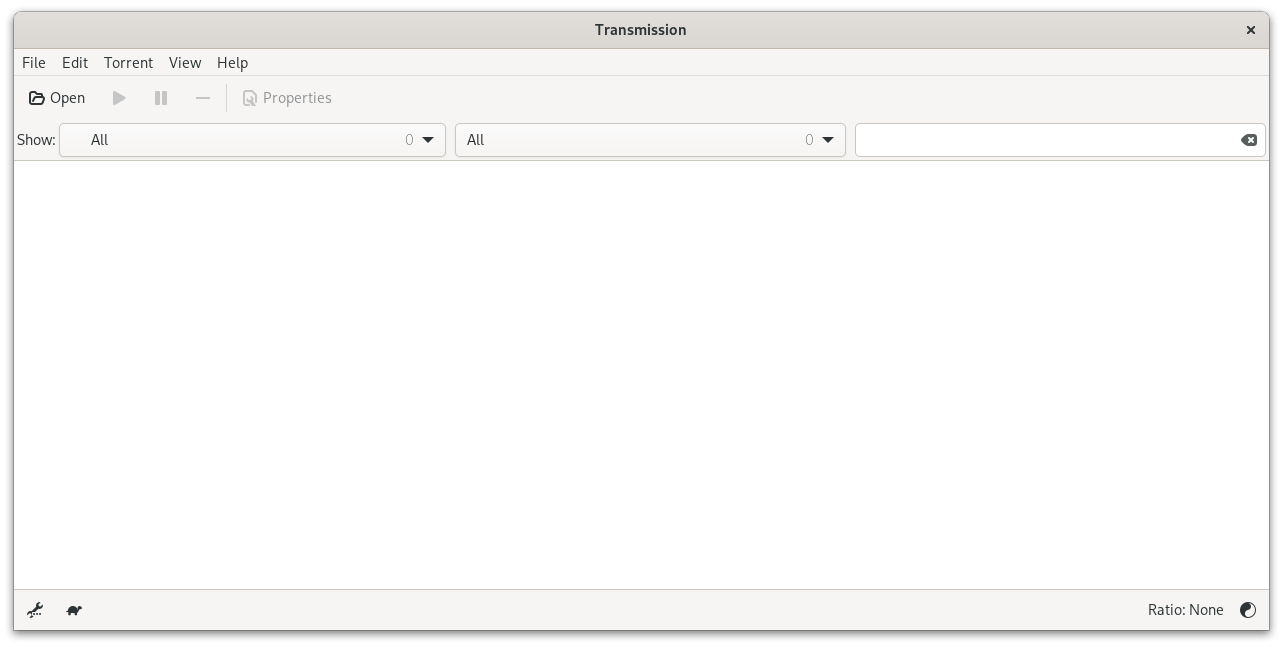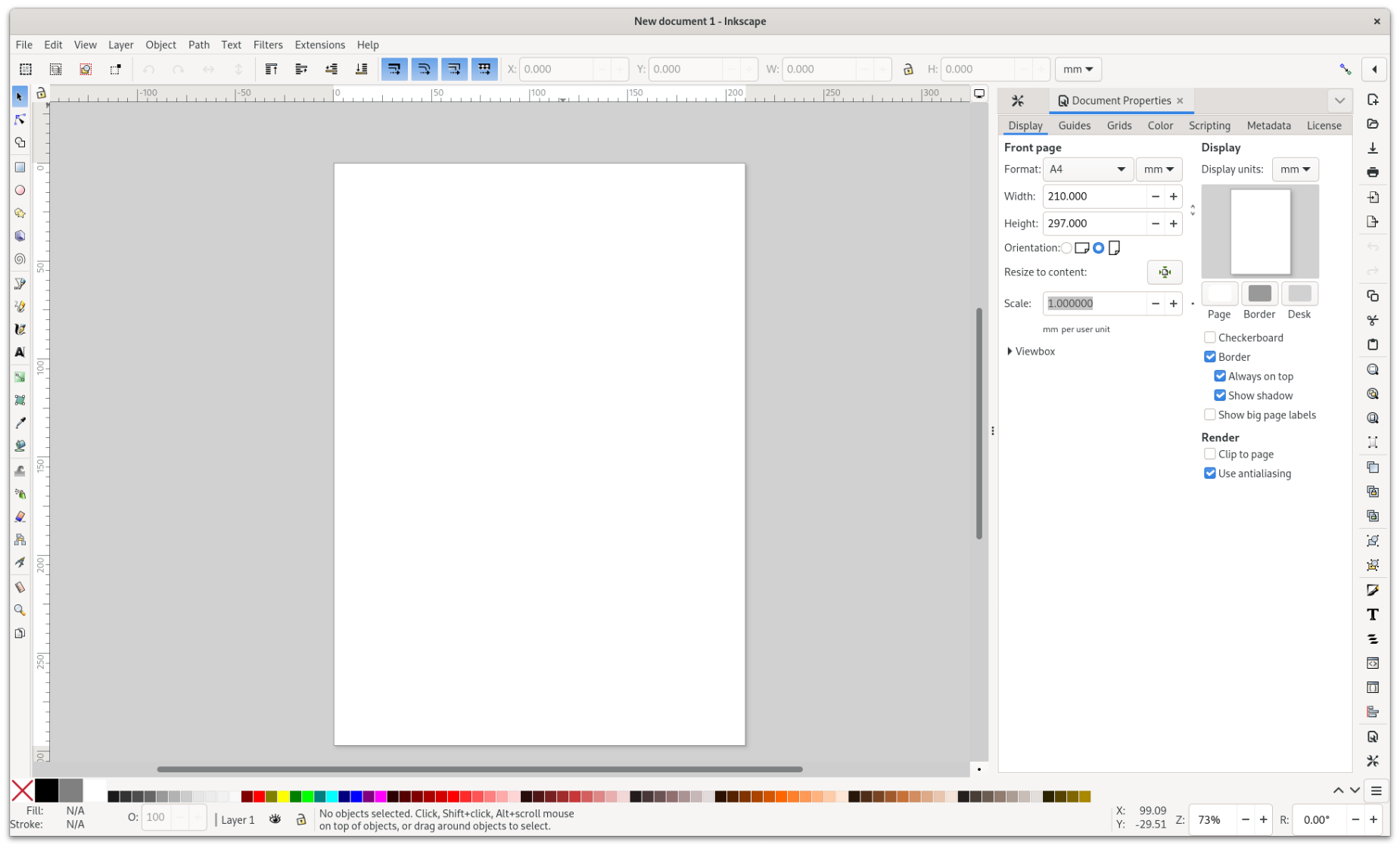TheEvilSkeleton on Nostr: contrary to popular belief, GNOME isn't trying to hurt anyone with libadwaita. Every ...
contrary to popular belief, GNOME isn't trying to hurt anyone with libadwaita. Every GNOME app was and will always be made for GNOME (except those who eventually decide not to), so nothing's being GNOME-ified on that front.
Before libadwaita, there was libhandy, which is essentially libadwaita for GTK3. Before libhandy, GNOME desktop-specific widgets were part of GTK, even though GTK also had its DE-agnostic equivalent widgets. So, what libhandy and libadwaita achieve is decoupling these GNOME desktop-specific widgets into its own collection of widgets specifically for the GNOME desktop.
In other words, libhandy/libadwaita literally made GTK *more* platform-agnostic by splitting itself. If anything, GTK was literally a "GNOME-ification of GTK" before libhandy and libadwaita happened. These platform-agnostic widgets are still and will remain available in GTK, and make apps that (theoretically) fit well on all desktops. A few examples of apps using GTK4 without libadwaita are Transmission and experimental versions of Inkscape.


Before libadwaita, there was libhandy, which is essentially libadwaita for GTK3. Before libhandy, GNOME desktop-specific widgets were part of GTK, even though GTK also had its DE-agnostic equivalent widgets. So, what libhandy and libadwaita achieve is decoupling these GNOME desktop-specific widgets into its own collection of widgets specifically for the GNOME desktop.
In other words, libhandy/libadwaita literally made GTK *more* platform-agnostic by splitting itself. If anything, GTK was literally a "GNOME-ification of GTK" before libhandy and libadwaita happened. These platform-agnostic widgets are still and will remain available in GTK, and make apps that (theoretically) fit well on all desktops. A few examples of apps using GTK4 without libadwaita are Transmission and experimental versions of Inkscape.

